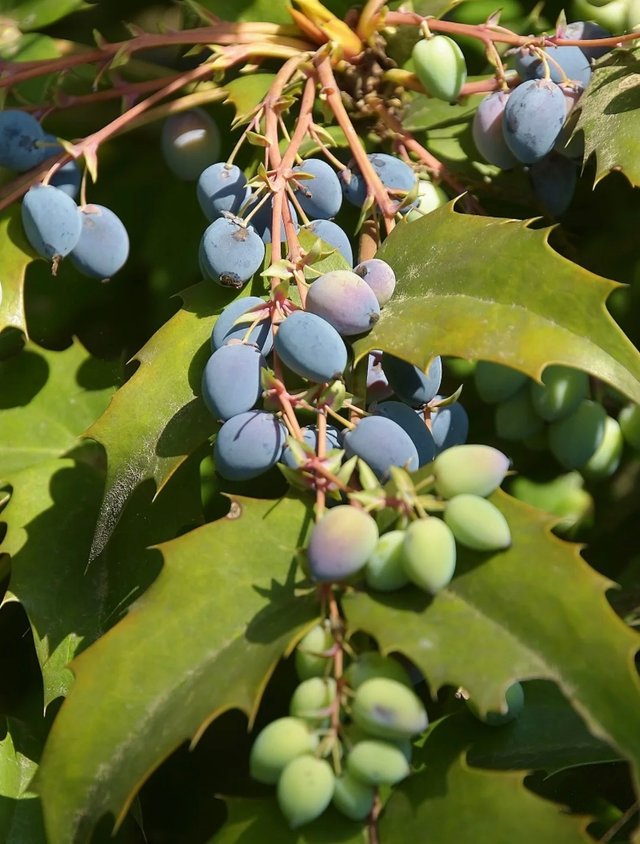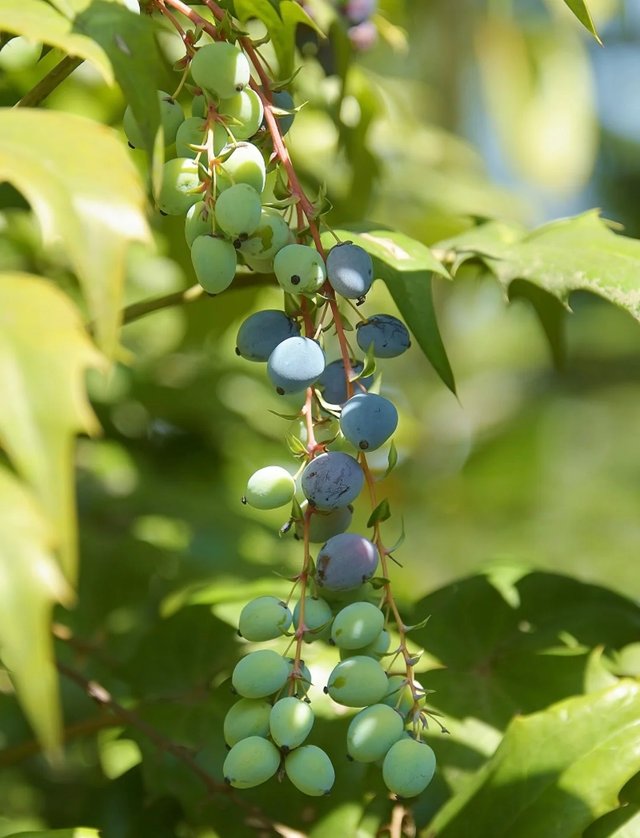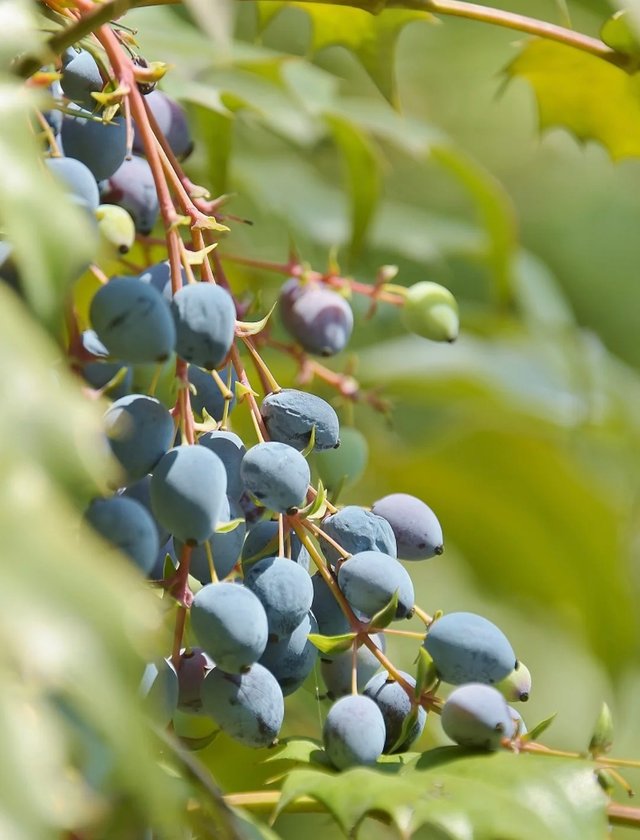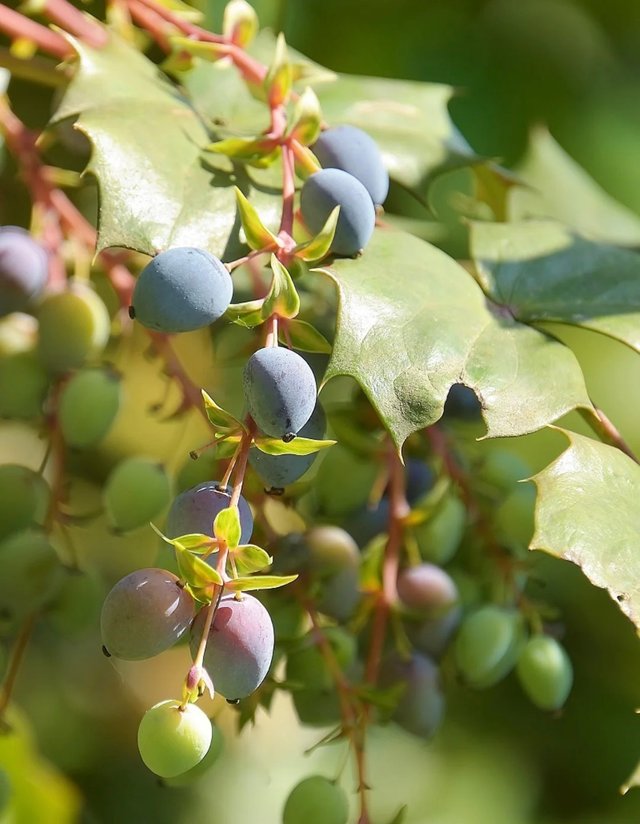Leatherleaf Mahonia
Leatherleaf Mahonia is native to the forests of China, where it grows in shady understories and wooded slopes. It belongs to the Berberidaceae family, which also includes other Mahonias and the well-known Oregon grape.It’s sometimes affectionately called the "holly grape," due to its leathery, spiny leaves that resemble holly, and its grape-like clusters of berries.One of the standout features of Leatherleaf Mahonia is its late-winter flowers, which provide nectar for early pollinators when little else is blooming. Bees, in particular, are drawn to the bright yellow blooms, and birds relish the berries that follow.
However, in some areas—particularly the southeastern U.S.—Leatherleaf Mahonia is considered invasive, as it can spread aggressively by seed and displace native understory plants. If you live in such a region, it's important to monitor it carefully or consider native alternatives like Ilex verticillata or Lindera benzoin.Leatherleaf Mahonia is not your average shrub. It has a sculptural, almost alien look that works well in both traditional woodland gardens and more avant-garde or urban planting schemes. It’s perfect for creating a moody, textured backdrop or serving as a focal point in a shady courtyard.
For a more dramatic display, plant it with dark hellebores, Japanese forest grass, or even black mondo grass. Want to add a bit of punk to your garden? This plant’s got the spikes, structure, and attitude.Mahonias contain berberine, a yellow alkaloid with antibacterial properties. Though used historically in folk medicine, it’s not generally recommended for home remedies without expert guidance.The berries are technically edible, but they’re tart and seedy—more useful for making jellies or feeding birds than for snacking.




